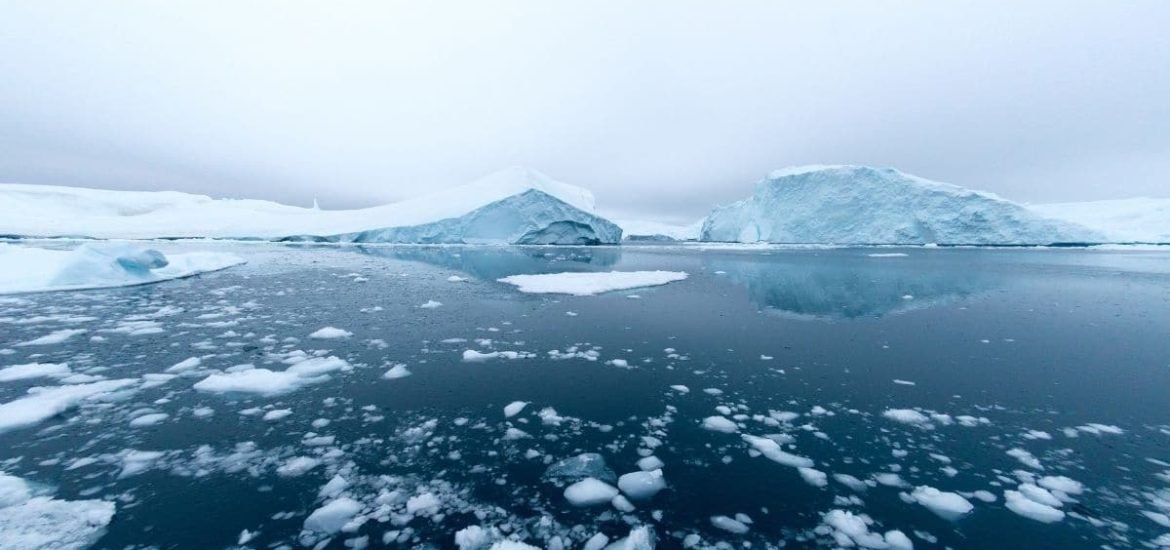
The Arctic Ocean is being “pervasively” polluted with plastic microfibres that are likely shed by synthetic clothing in the washing machine, according to a new study published on 12 January in Nature Communications (1).
The team of scientists from the Ocean Wise conservation group and Canada’s Department of Fisheries and Oceans collected samples from as deep as 1,000 meters at various locations in the Arctic Ocean. Then, using a technique called Fourier transform infrared spectrometry, they discovered an average of 40 microplastic particles per cubic meter of water. Of these, 92 per cent were microfibres – defined as plastics particles less than 5 millimetres long – in a range of colours, illustrating just how contaminated with plastic microparticles the planet has become.
In addition, they found three times more particles in the eastern regions compared to the West since inflow from the Atlantic Ocean from the East is much greater than the inflow from the Pacific in the West. Particles were also twice as long in the west, suggesting that particles become weathered over time as they move from East to West.
The researchers are still unsure where all these microplastics originated from. But a huge amount of this plastic pollution could be linked to simply washing clothes. Around three-quarters of the plastic microfibres found in the seawater samples were polyester fibres, providing strong evidence that “homes in Europe and North America are directly polluting the Arctic with fibres from laundry (via wastewater discharge)”, explained lead author Prof Peter Ross of Ocean Wise and the University of British Columbia.
“Plastics are all around us, and while it would be grossly unfair to specifically point our finger at textiles as the only source of microplastics to the world’s oceans, we nonetheless see a strong footprint of polyester fibres that are likely to be largely derived from clothing”, he added.
Mounting evidence is highlighting the sheer extent of global plastic pollution – which was previously underestimated. For instance, ten times more microplastics were discovered in the Atlantic than previously thought. Furthermore, microplastics have reached some of the most remote, seemingly pristine, regions of the world, from the Arctic Ocean to highest mountain peaks – from the European Alps to Mount Everest.
Ocean currents seem to play a crucial role in transporting plastic pollution, although the atmospheric winds might also play a significant role. A study published last year showed that ocean currents carry microplastic particles around oceans, eventually creating microplastic “hot spots” on the seafloor. Another study published in September found abundant blue jean fibres in Arctic Ocean sediment.
“The textile sector can do much to design more sustainable clothing, including by designing clothes that shed less,” said Ross. The authors suggest that households in the United States and Canada could collectively release around 878 tonnes of microfibres annually. Wastewater treatment plants often do not catch these minuscule plastic fibres. Governments could help by promoting innovation and ensuring that wastewater treatment plants have adequate technologies to remove microplastics.
(1) Ross, P.S. et al. Pervasive distribution of polyester fibres in the Arctic Ocean is driven by Atlantic inputs. Nature Communications (2021). DOI: 10.1038/s41467-020-20347-1